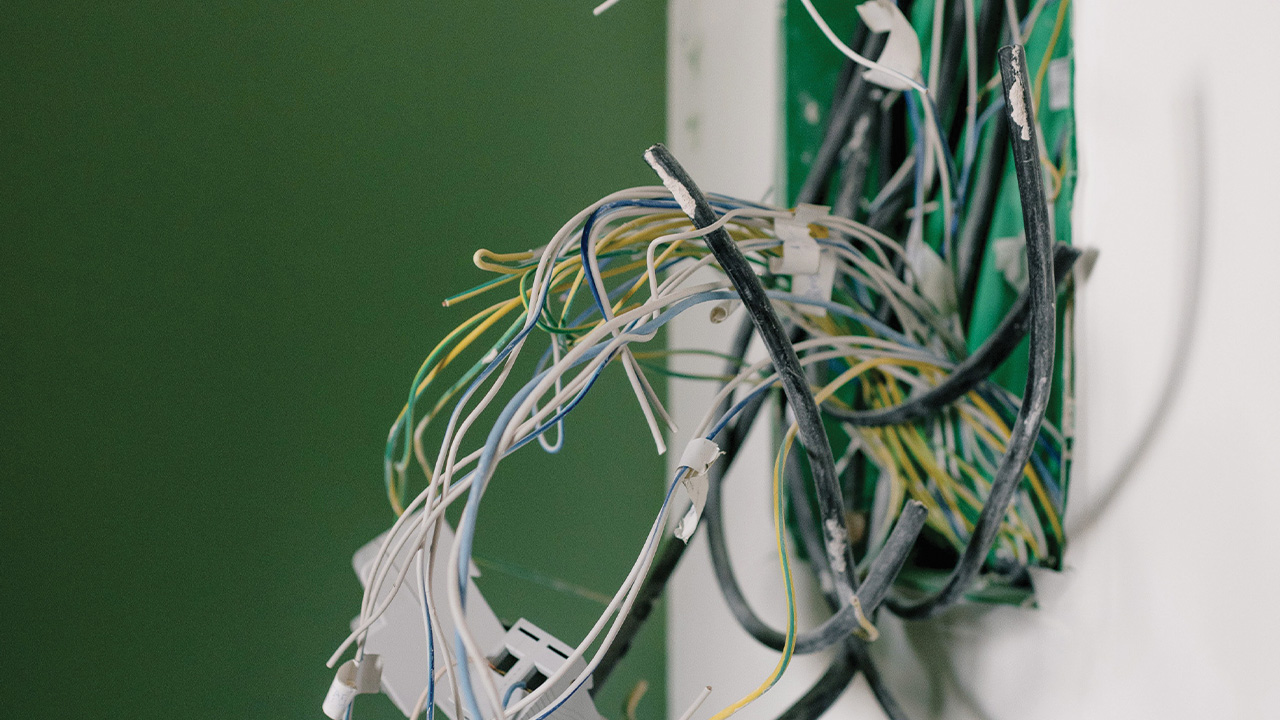
There are two types of plans that are commonly used: service plans and maintenance plans. A service plan is a contract between a customer and a service provider that outlines the services that will be provided to maintain or repair a product or system. Generally, a service plan covers only the costs of regular maintenance and repairs and may include a limited warranty for parts and labour.
On the other hand, a maintenance plan is a more comprehensive type of plan that involves planning and scheduling maintenance activities in advance. A maintenance plan includes regular inspections, repairs, and replacements of parts, as well as the cost of labour and materials. A maintenance plan is designed to prevent equipment failure and prolong the life of the equipment, making it more cost-effective in the long run. The same is true for building maintenance where regular maintenance reduces the need for larger costly repairs.
The key differences between a service plan and a maintenance plan are the scope of work and the level of detail involved. A service plan is focused on repairing and maintaining a specific product or system, while a maintenance plan is focused on preventing equipment failure and prolonging the life of the equipment. A service plan can be reactive in nature, meaning that it is designed to address issues as they arise, while a maintenance plan is proactive in nature, meaning that it is designed to prevent issues from occurring in the first place. Ultimately, the choice between a service plan and a maintenance plan depends on the specific needs of the customer and the equipment or asset in question.
Importance of Service Plan
A service plan is an essential tool that helps to ensure that equipment and machinery stay in good working condition. Having a service plan in place can provide numerous benefits to businesses and organisations, such as reducing downtime, improving efficiency, and extending the lifespan of equipment. Additionally, service plans can help to identify potential problems before they become significant issues, allowing for timely repairs and maintenance. Therefore, having a service plan is critical for businesses that rely on equipment and machinery to operate effectively.
Common features of a service plan include regular maintenance checks, repairs, and replacements of parts as needed. Service plans can be customised to meet the specific needs of a business or organisation, considering factors such as the type of equipment, frequency of use, and the environment in which it operates. For example, a service plan for a manufacturing plant may include regular inspections of machinery, cleaning and lubrication of parts, and replacement of worn components. In contrast, a service plan for a commercial building may include regular checks of HVAC systems, plumbing, and electrical systems. Regardless of the industry, having a service plan can help to ensure that equipment and machinery are operating at peak efficiency.
Examples of service plans include Field Services and Maintenance plans. Field Services is a software solution that helps businesses manage their field service operations, including scheduling, dispatching, and tracking work orders. The Maintenance plan is a feature of Field Service that helps to build good relationships with customers by providing regular maintenance and repairs to their equipment. Planning involves identifying maintenance tasks, determining how they will be completed, and identifying the required parts, tools and products. Therefore, having a service plan is essential as it helps businesses to remain proactive in their approach to equipment, asset or building maintenance and repair.
Importance of Maintenance Plan
Maintenance plans are an essential aspect, they offer numerous benefits to individuals and businesses alike. One of the primary benefits of having a maintenance plan is that it helps to ensure that equipment, machinery, and buildings are kept in good working condition, reducing the likelihood of breakdowns and costly repairs. Additionally, maintenance plans can help to extend the lifespan of equipment and buildings which can save individuals and businesses money in the long run. By having a maintenance plan in place, individuals and businesses can also minimise downtime and disruption caused by equipment breakdowns, ensuring that productivity levels remain high.
Common features of a maintenance plan include planning, scheduling, and tracking of maintenance activities. Planning involves identifying which maintenance tasks need to be performed, determining how they will be completed, and identifying the parts, tools and products required for the job. Scheduling involves determining when maintenance tasks will be performed, considering factors such as equipment availability and production schedules. Tracking involves monitoring maintenance activities to ensure that they are completed on time and to a high standard, and that any issues are addressed promptly. These features help to ensure that maintenance activities are carried out efficiently and effectively, reducing the risk of equipment breakdowns and costly repairs.
Examples of maintenance plans include preventive maintenance, predictive maintenance plans, and corrective maintenance. Preventive maintenance plans involve performing regular maintenance activities on equipment to prevent breakdowns and prolong equipment lifespan. Predictive maintenance plans use data and analytics to predict when maintenance activities will be required, allowing for proactive maintenance to be carried out before equipment failure occurs. Corrective maintenance plans involve responding to equipment breakdowns and performing repairs to restore equipment to working order. By choosing the right maintenance plan for their needs, individuals and businesses can ensure that their equipment is maintained to a high standard and that downtime is minimised. These maintenance plans apply to building maintenance as well. Neglecting regular maintenance can result in costly emergency repairs, property damage, health and safety risks, and reputation damage. Building owners and managers should invest in regular maintenance to save time, money, and headaches in the long run.



